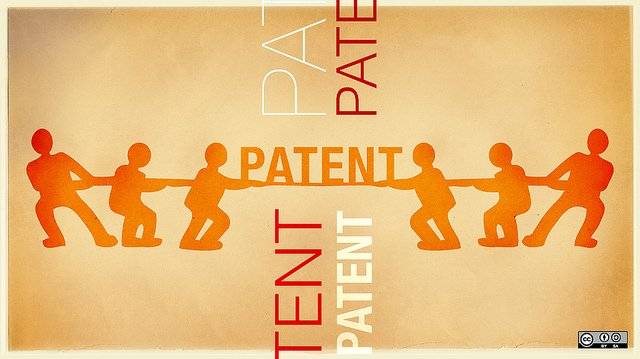First Publication Date: 1st November 2009
The government in the guise of the patent office is guided by the Patent Act and rules of the respective country to confer the necessary rights to the inventor(s) for his/her invention. The extent of the rights is determined by the scope of the claims in a patent application which the inventor(s) files with the patent office.
The two broad factors that largely tend to affect the scope of the claims are:
1) The prosecution history of that particular application; and
2) The court’s interpretation of the claims while the patent is in litigation.
After an application for a patent has been filed by the applicant with the patent office, the patent office allocates the application to a patent examiner for examining the patent application. Initially, the patent examiner examines the patent application for its compliancy with the formal requirements. Thereafter, the examiner further determines as to whether the claims alleged by the applicant as his/her invention has been in the public domain before such filing of the application. In determining as to whether the alleged invention is worthy of a patent and whether the alleged invention is in fact in the public domain or not, there is an exchange of information between the patent examiner and the applicant. Such exchange of information is referred to as prosecution.
During the prosecution of the patent application the examiner, more often than not, rejects the claims based on the information which is in the public domain, before such filing of the patent application, and which is relevant to the applicant’s alleged invention. In response to such rejection, applicant may rebut/traverse the examiner’s rejection by setting forth certain arguments and/or make any amendments to the claims in order to overcome such rejections. The above process continues until the invention in the patent application is considered to be patent worthy and a patent is granted. Further, the above-mentioned process of exchange of such information which is material for determining the patentability of the alleged invention creates a prosecution history for that application. The prosecution history thus can be considered to define metes and bounds of each of the claims and thereby marking a boundary around the invention.
Further, if the boundary as was marked by the patent office during the prosecution is invaded by a person other than the inventor, i.e., when the person is accused of infringing the claims, the patent often lands up in a court for litigation. The court before passing the judgment regarding the infringement, construes the claim or claims alleged to be infringed and determines whether the features of each of the infringed claims are present in the accused infringer’s product/process. During the above process, the accused infringer, more often than not, goes onto invalidate the patent by citing certain references that were already in the public domain before the filing of the application. These references may include the references cited and/or applied by the examiner during the prosecution of the application, the references cited by the applicants, and the references which were not cited or applied during the prosecution by the examiner or by the applicant. The accused infringer may point out, in the references that were cited/ applied during the prosecution, if there are any features which were not considered or which were wrongly interpreted during the prosecution. Thus during the above process, the court may once again confirm the boundary marked around the invention by the patent office or may re-define the boundary of the invention.
It can be further noted that out of the two factors viz, prosecution history and litigation, as outlined above, the outcome of the second factor, i.e., litigation, is directly dependent on the prosecution history of the patent application. Therefore, mechanics of prosecution and mechanics of claim drafting greatly influence the rights of the inventor(s) to his/her invention from the beginning of the term of the patent.
Source/Attribution here. (Governed by Creative Commons License CC BY – SA 2.0)



